Updated December 26th, 2023 at 16:45 IST
Top 10 breakthrough technologies of 2023 by MIT Technology Review
From cutting-edge medical treatments to revolutionary AI developments, here's an overview of the breakthroughs that defined the tech landscape in 2023.
Advertisement
As 2023 draws to a close, we reflect on a year that brought remarkable technological advancements, shaping industries and pushing boundaries. MIT Technology Review has unveiled its list of the top 10 breakthrough technologies that made headlines in 2023. From cutting-edge medical treatments to revolutionary AI developments, here's a comprehensive overview of the transformative breakthroughs that defined the tech landscape this year.
CRISPR for high cholesterol
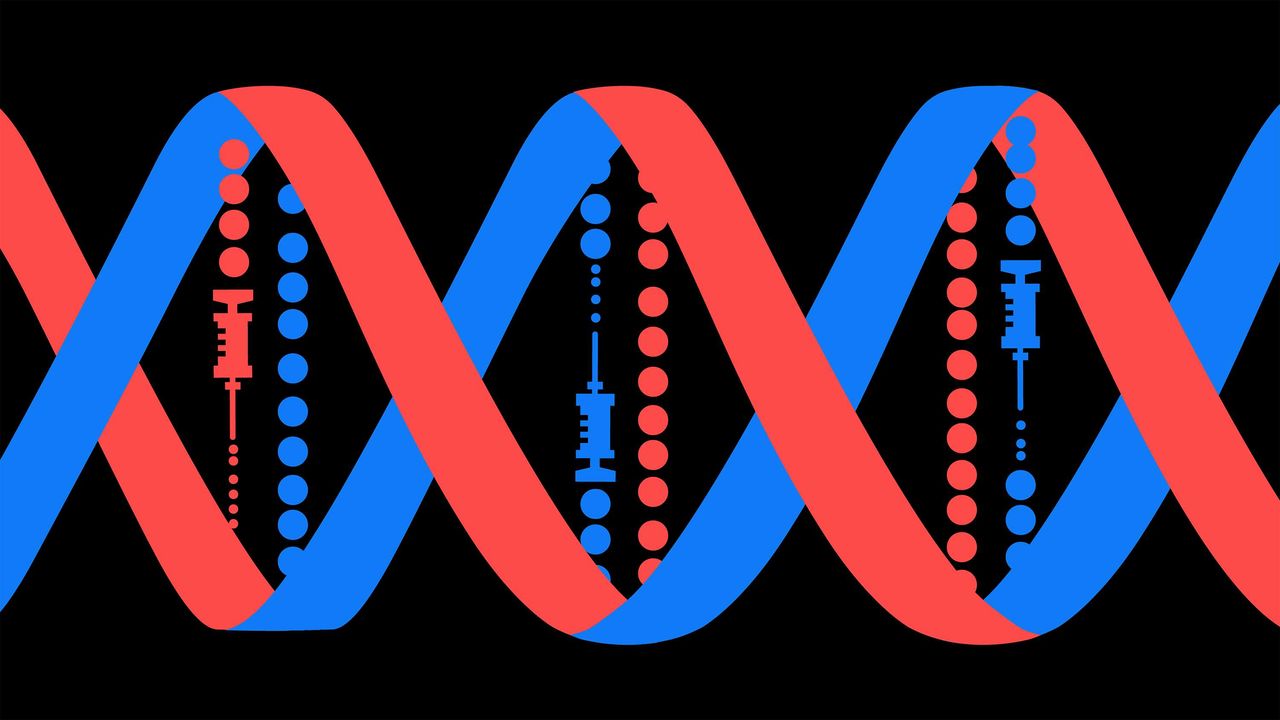
In a significant stride towards accessible gene editing, CRISPR technology has moved beyond rare genetic disorders to tackle common conditions like high cholesterol. Verve Therapeutics, the pioneer behind the cholesterol-lowering treatment, leverages base editing, a form of CRISPR 2.0, ensuring safer and more targeted gene modifications. The evolving landscape of CRISPR, including "CRISPR 3.0" or Prime editing, holds promises of addressing a myriad of conditions, potentially allowing individuals to add protective genes to their genetic code.
AI that makes images

AI has ventured into the realm of artistic creation with models like DALL-E 2 and Stable Diffusion. These text-to-image generators, developed by OpenAI and Stability AI, have democratised the creation of stunning visuals. While sparking creativity, they also raise concerns about bias and toxicity present in training data. As the technology integrates into commercial software and extends to text-to-video, its impact on creative industries and AI as a whole remains to be seen.
A chip design that changes everything
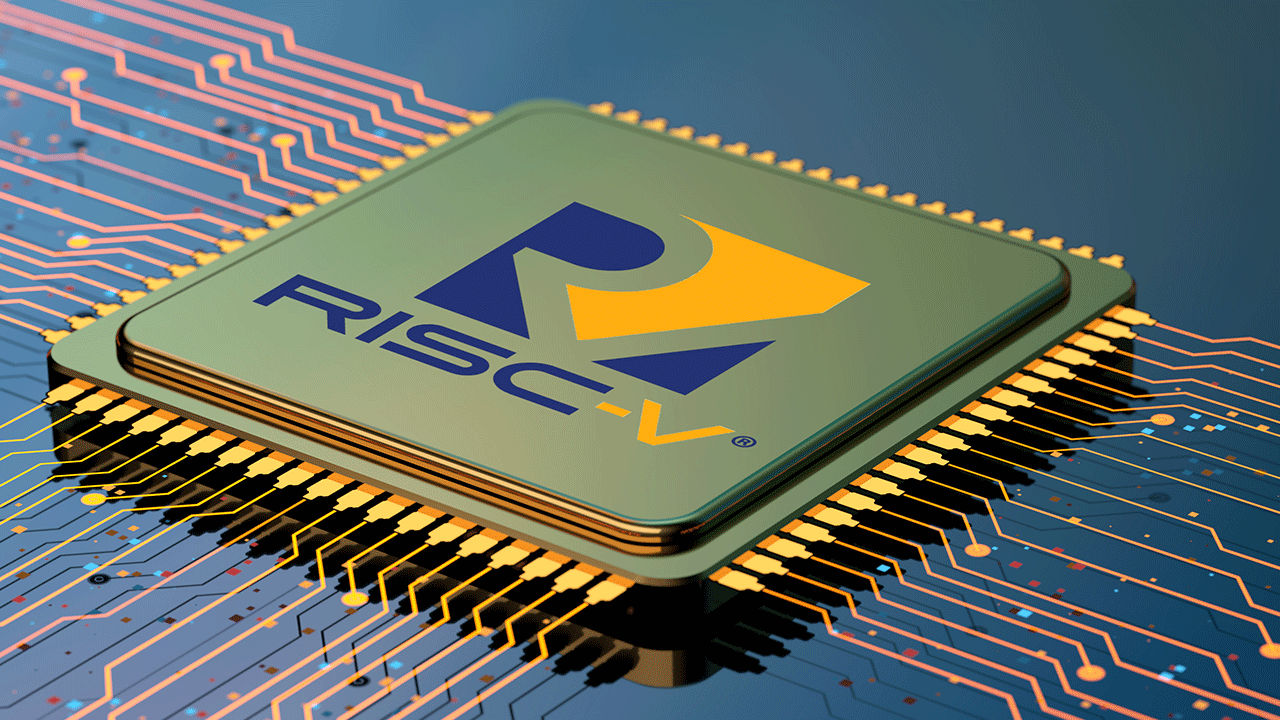
The chip industry has undergone a seismic shift with the emergence of RISC-V, an open standard challenging the traditional model of proprietary chip designs. RISC-V allows anyone to design chips without licensing fees, fostering innovation and accessibility. With support from major players like Intel and applications ranging from earbuds to AI processors, RISC-V is poised to become ubiquitous, transforming the chip landscape.
Mass-market military drones
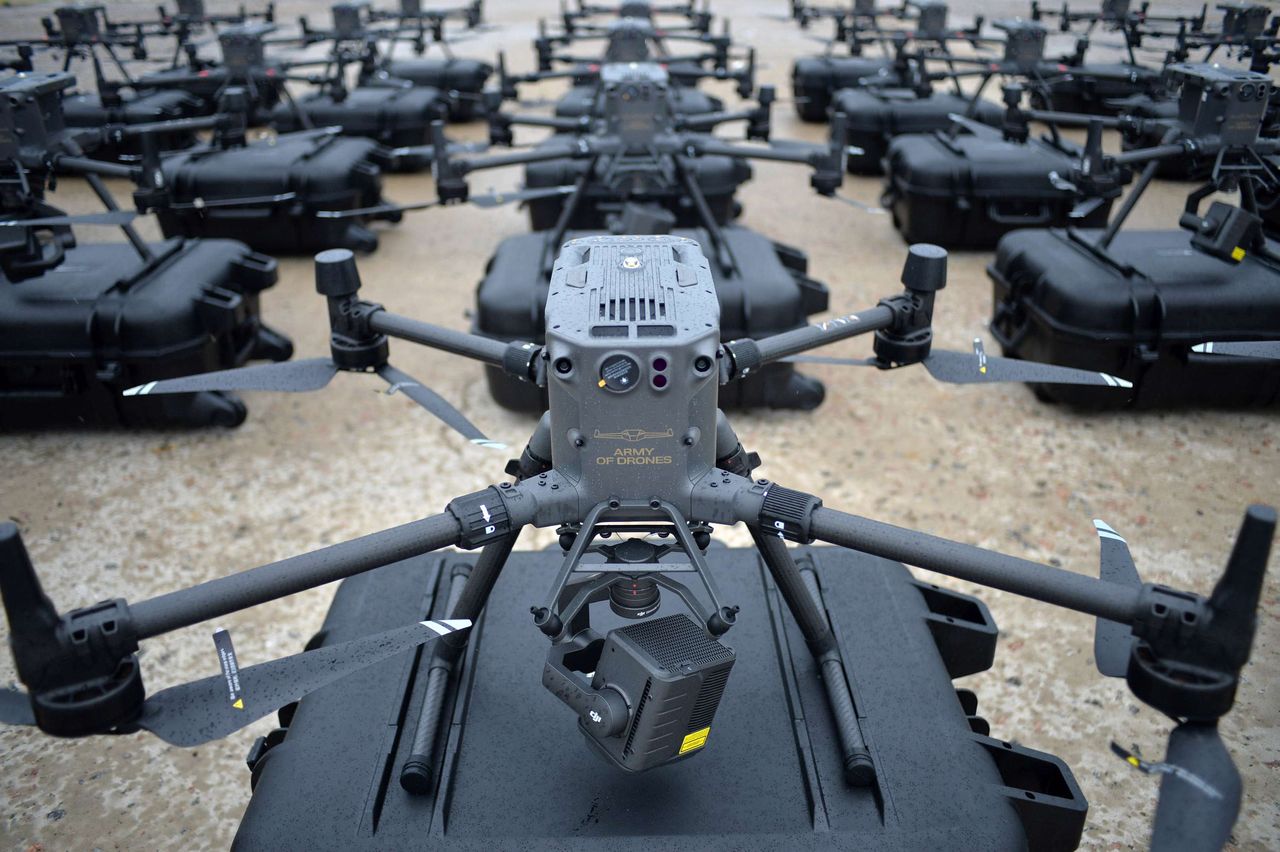
Advancements in consumer technology have led to the democratisation of military drones. Affordable yet potent drones like the Bayraktar TB2 from Turkey have reshaped warfare dynamics, offering tactical advantages to smaller nations. These drones, employed in conflicts worldwide, raise concerns about their impact on civilian populations and mark a shift in the traditional dominance of high-end military aircraft.
Abortion pills via telemedicine

As access to abortion care faces challenges, telehealth emerges as a crucial avenue for providing abortion pills remotely. Nonprofits and startups leverage telemedicine to navigate legal restrictions, allowing individuals to access essential reproductive healthcare from the comfort of their homes. The intersection of technology and reproductive rights highlights the role of innovation in overcoming barriers to essential healthcare services.
Organs on demand
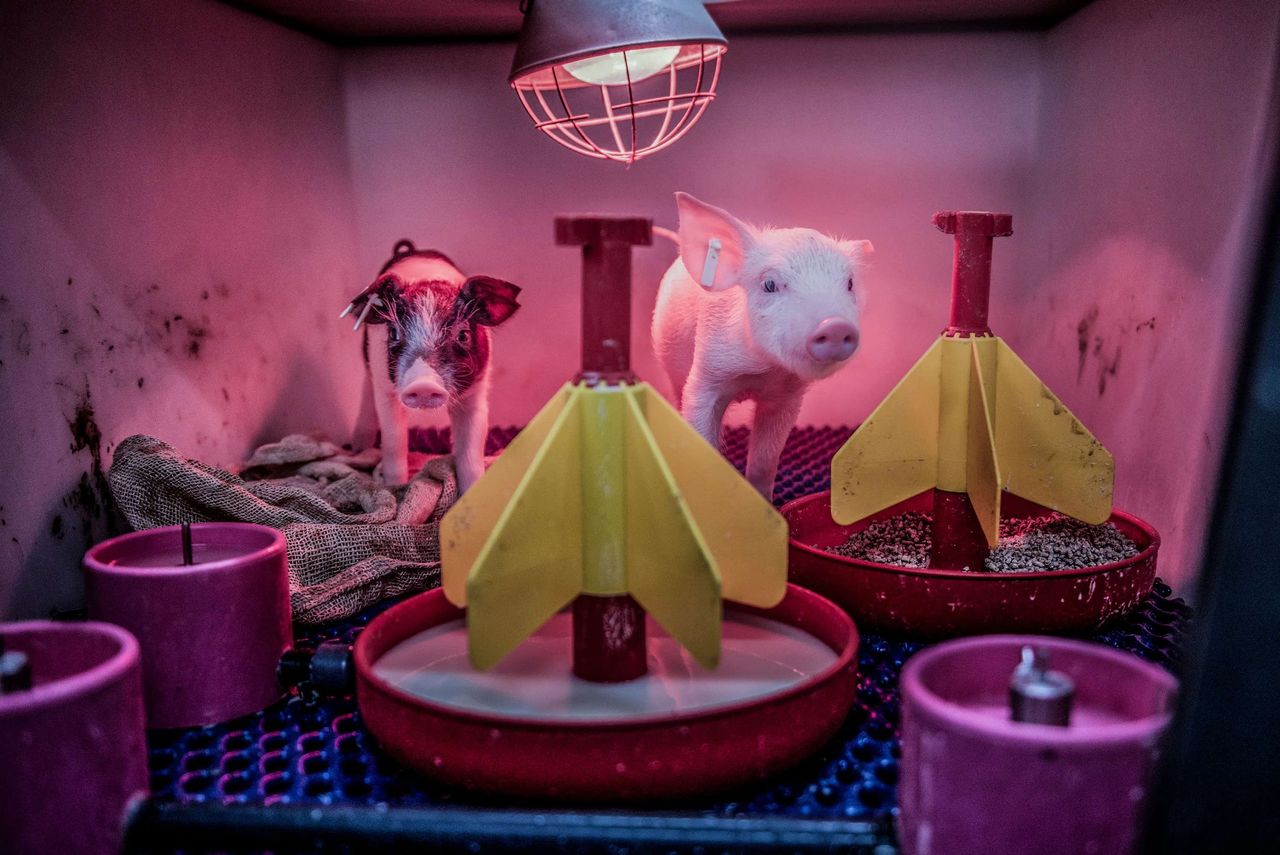
Scientists explore groundbreaking approaches to address the organ transplant shortage, including gene-edited pig organs and 3D-printed lungs. While challenges persist, advancements in genetic engineering and tissue engineering open avenues for a potentially limitless supply of organs, revolutionising transplantation and saving lives.
The inevitable EV
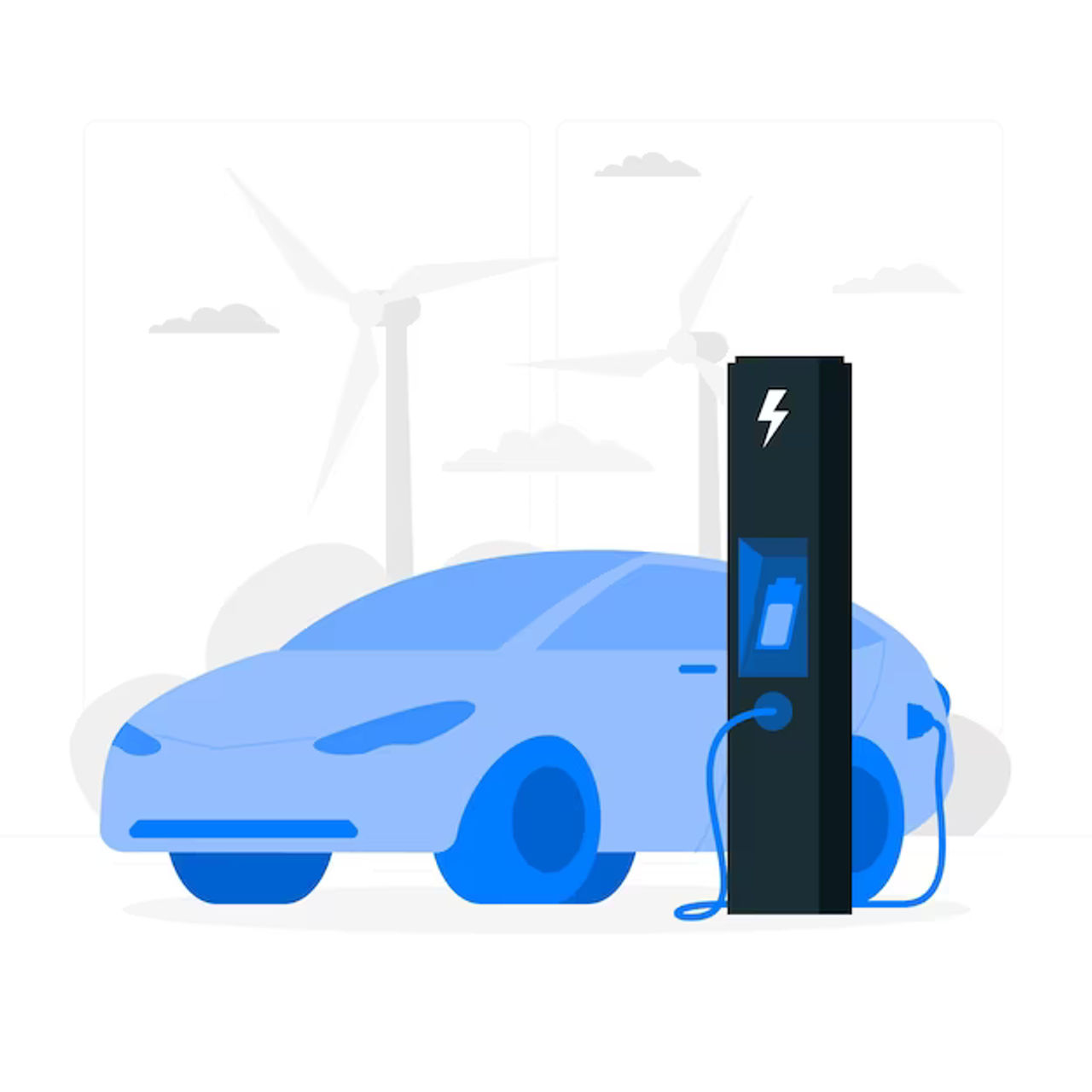
Electric vehicles (EVs) transition from a niche choice to a mainstream option, driven by government policies, automaker commitments, and a diverse range of EV models. With sales soaring globally, EVs are on track to constitute a significant portion of new auto sales by the end of the decade. Despite challenges like affordability and charging infrastructure, the shift towards EVs marks a transformative era in the automotive industry.
James Webb Space Telescope

Launched in 2021, the James Webb Space Telescope (JWST) emerges as a game-changer in astronomy. With its unparalleled capabilities, including infrared detection and superior resolving power, JWST promises to unravel the mysteries of the universe's early galaxies and offer unprecedented insights into celestial phenomena. As scientists analyse the flood of data from JWST, a new era of astronomy unfolds.
Ancient DNA analysis

Advancements in genomic sequencing enable the analysis of ancient DNA, rewriting human history and unraveling mysteries of the past. Techniques like paleogenetics allow scientists to study DNA traces in diverse environments, providing insights into human evolution, migration, and health. From identifying extinct human species to shedding light on historical events, ancient DNA analysis reshapes our understanding of the human story.
Battery recycling
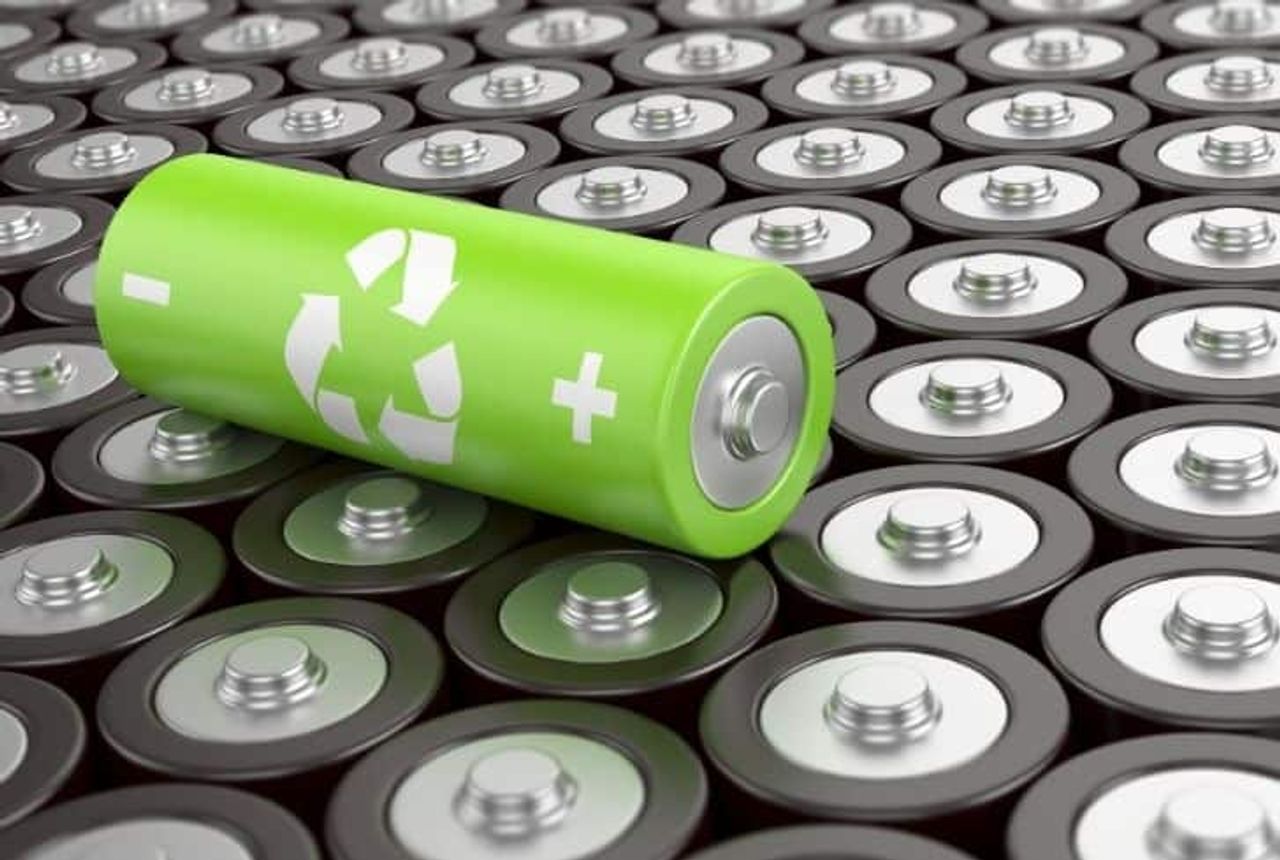
With the surging demand for lithium-ion batteries, recycling emerges as a crucial solution to address resource constraints and environmental concerns. Innovations in battery recycling enable the recovery of high-value metals like lithium, nickel, and cobalt, creating a sustainable supply for battery production. As recycling facilities scale operations globally, they contribute to meeting the rising demand for batteries while mitigating the environmental impact.
As we bid farewell to 2023, these technological breakthroughs leave an indelible mark on various industries, promising a future shaped by innovation, accessibility, and sustainability. The convergence of science and technology continues to redefine what is possible, setting the stage for even more transformative developments in the years to come.
Advertisement
Published December 26th, 2023 at 16:45 IST